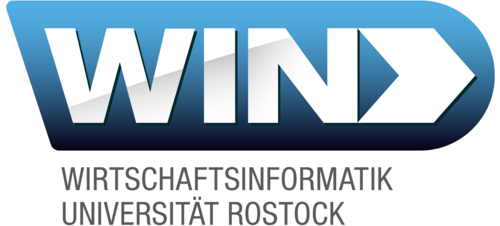On September 4 at 2:00 p.m., Tim Driesen-Micklitz will defend his dissertation on “Personalized User Interfaces for Automated Driving – Development, Implementation, and Evaluation of an Adaptation Model” at the Konrad Zuse House (room to be announced).
Abstract
One of the current fundamental shifts in the automotive industry is moving from manual to automated driving. This technology can free users’ travel time and enable productive or recreational activities during the ride. It is a technology on the rise in the automotive sector. In this context, efficient and seamless human-machine interaction between the automated driving system and the user is a key enabler for adopting the technology. To ensure such interaction, the information shown by the interface plays a key role. For a personalized information offering, it is crucial to consider the individual user’s characteristics and experiences. This is due to the different information preferences that result. Such an offering is challenging to achieve with current one-size-fits-all interfaces. Consequently, these can hinder automated driving in unfolding its potential for users’ comfort and safety. Hence, this work strives to synchronize users’ individual information preferences and the information offering of the interface to foster successful human-machine interaction for automated driving. Therefore, it aims to develop, implement, and evaluate an adaptation model. This model shall be capable of personalizing the information shown in the automated driving user interface based on individual user characteristics. To achieve this, firstly, two driving simulator studies are conducted to investigate how users differ in characteristics and how these relate to information preferences. On this empirical basis, the adaptation model is developed. Consequently, a visual implementation of an adaptive user interface has been designed based on the adaption model for personalized information offerings. In conjunction with the model and a user study, the visual implementation represents a proof-of-concept for the proposed approach to personalized user interfaces for automated driving. In the study, a test group saw the personalized interface, while a control group saw a standard interface. The results show strong empirical evidence that the personalized interface significantly and effectively enhanced the users’ perception. Among others, this especially included perceived safety and comfort. Finally, this aims to foster the adoption of automated driving across the automotive sector to leverage its full potential for the user.

